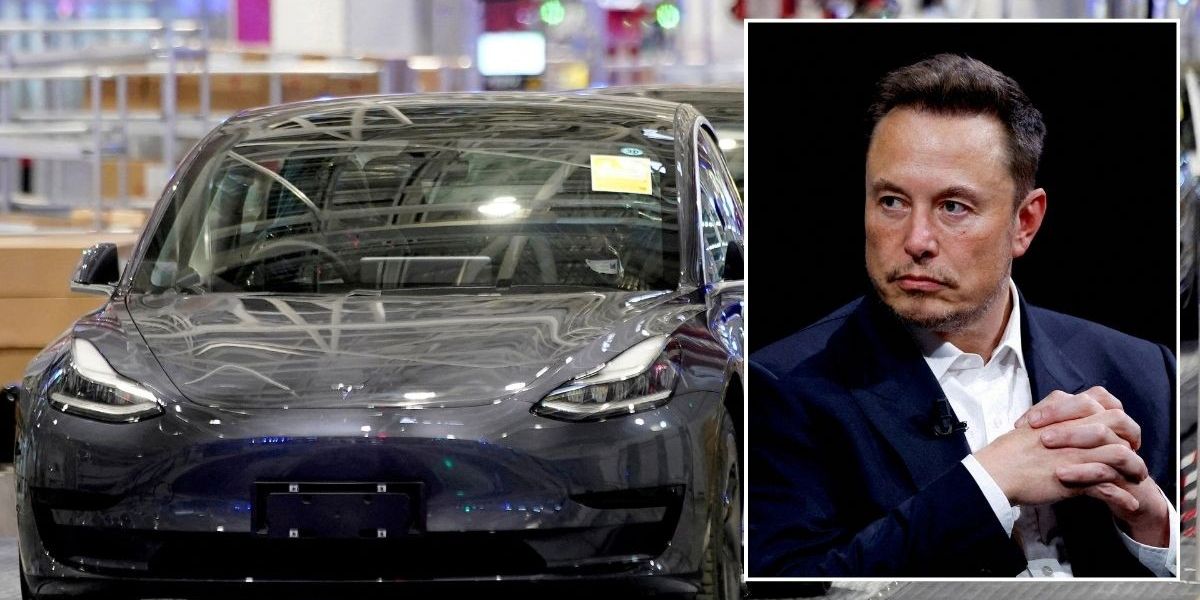Tesla’s Full Self-Driving Technology Under Investigation: What You Need to Know
Tesla, the electric vehicle (EV) pioneer led by CEO Elon Musk, has recently found itself in the spotlight for all the wrong reasons. The United States National Highway Traffic Safety Administration (NHTSA) has launched an investigation into more than 2.4 million Tesla vehicles, focusing on the potential risks associated with the company’s Full Self-Driving (FSD) technology. This investigation raises critical questions about the safety and reliability of autonomous driving systems, particularly in adverse weather conditions.
The Investigation: What’s at Stake?
The NHTSA’s investigation centers on whether Tesla vehicles equipped with FSD technology are more prone to collisions when navigating areas with reduced roadway visibility. This includes conditions such as sun glare, fog, or airborne dust. The regulatory body is particularly interested in how the FSD-Beta and FSD-Supervised modes perform under these circumstances.
Documents filed by the NHTSA indicate that the investigation will assess the engineering controls of FSD to determine if they can adequately detect and respond to reduced visibility situations. The inquiry will also explore whether there have been other incidents involving Tesla vehicles in similar conditions, and if so, what additional factors may have contributed to those crashes.
Recent Incidents Prompting Scrutiny
The investigation comes on the heels of a tragic incident where a pedestrian was fatally struck by a Tesla vehicle, alongside another crash that resulted in injuries, both occurring in poor visibility conditions. These events have heightened concerns about the effectiveness of Tesla’s FSD technology, particularly as the company continues to promote its autonomous driving capabilities.
The vehicles under investigation include the Model S and Model X (2016-2024), Model 3 (2017-2024), Model Y (2020-2024), and the newly introduced Cybertruck (2023-2024), all equipped with FSD technology. The outcome of this investigation could lead to significant implications for Tesla, including potential updates or modifications to the FSD system.
The Future of Autonomous Driving: Tesla’s Ambitious Plans
Despite the current scrutiny, Elon Musk remains committed to advancing autonomous driving technology. At a recent event in Los Angeles, he unveiled the Tesla Cybercab, a robotaxi designed to operate without a steering wheel or pedals. Musk claims that autonomous vehicles like the Cybercab could be 10 to 20 times safer than those operated by humans.
The Cybercab is projected to cost less than $30,000 (£22,992) and boasts operating costs of less than 20 cents (15p) per mile. It also features innovative inductive charging technology, eliminating the need for traditional plugs. Musk envisions a future where one million robotaxis could be on the road within a few years, significantly transforming the transportation landscape.
Competition in the Autonomous Ride-Hailing Market
Tesla’s ambitious plans for autonomous ride-hailing face stiff competition from established players like Waymo, which is backed by Google. Waymo has already made significant strides in the industry, operating in cities such as Phoenix, Arizona, and San Francisco, California. In 2023 alone, Waymo vehicles traveled over 7.13 million miles without a driver, demonstrating a crash rate 6.7 times lower than that of human drivers.
While Tesla has yet to manufacture its own vehicles for autonomous ride-hailing, Waymo has partnered with major automotive brands like Jaguar Land Rover, Mercedes-Benz, Stellantis, and Volvo to bolster its fleet. As the race for dominance in the autonomous vehicle market heats up, Tesla must address the concerns raised by the NHTSA investigation to maintain its competitive edge.
Conclusion: A Critical Juncture for Tesla
As Tesla navigates this investigation, the stakes are high not only for the company but also for the future of autonomous driving technology. The NHTSA’s findings could lead to crucial changes in how FSD operates, impacting the safety of millions of drivers and pedestrians alike. With the promise of a revolutionary autonomous future on the horizon, Tesla must prioritize safety and transparency to build trust with consumers and regulators.
As developments unfold, the automotive world will be watching closely to see how Tesla responds to these challenges and whether it can continue to lead the charge in the electric and autonomous vehicle revolution. For those interested in sharing their experiences or insights regarding Tesla or autonomous vehicles, the NHTSA encourages communication through designated channels.
In this rapidly evolving landscape, one thing is clear: the journey toward fully autonomous driving is fraught with challenges, but it also holds the potential for transformative change in how we think about transportation.
